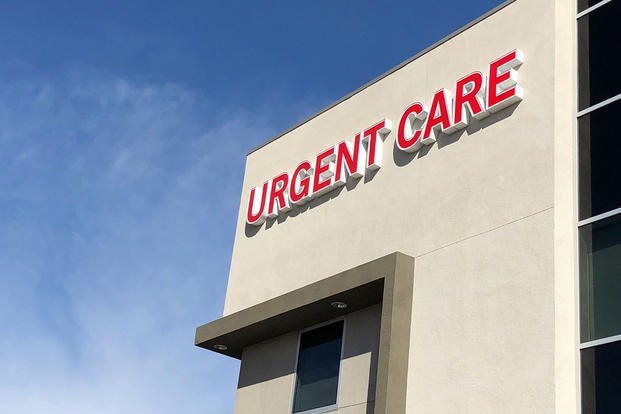
You have just been faced with a scary situation, and you are in need of medical attention, but where do you go? It is after hours, and your primary care physician is unavailable. Do you need to go to the Emergency Room, or is it not that serious? Knowing where to go can be confusing, so here are the guidelines to know when to go to Urgent Care over the ER.
When Should You Go to Urgent Care?
Urgent Care is for individuals who are not facing potentially life (or limb) threatening emergencies, but still need to be treated within 24 hours. Some of the problems that they treat include minor burns, cuts, and flu symptoms. As well, they treat suspected broken bone, sinus infections, ear pain, cough, diarrhea, bladder infections, and more. If you would typically try to see your regular primary care physician, are unable to, and don’t want to wait, then Urgent Care is the right choice for you.
When Should You Go to the ER?
You should go to the ER (or call 911) when faced with life (or limb) threatening emergencies. This can include chest pain, difficulty breathing, stroke, head trauma, severe bleeding, allergic reaction, abdominal pain, fainting, seizures, numbness, and more. Trust your instincts (or think of what a mom would do); if it is serious, then don’t hesitate to go to the ER.
The Benefits of Urgent Care Over the ER:
If you are not faced with a serious emergency and can visit Urgent Care, there are numerous benefits such as response rate, decreased cost, and convenience.
First, Urgent Care has a quick response rate. Usually, Urgent Care centers have a maximum wait time of 30 minutes. You can walk in to get an appointment and sometimes even book online. After a patient is in, they are generally finished within an hour.
An emergency room, on the other hand, prioritizes life-threatening emergencies. Therefore, if you have a simple problem, there is no telling how long you will wait to get in and how long it will take to get treatment.
Second, Urgent Care is less expensive than visiting an ER. Due to Urgent Care not needing the equipment and specialists that go into a hospital, it cuts the costs of treatment down substantially. Healthline reports, “Approximately 13.7 to 27.1 percent of all emergency room visits could have been treated at an urgent care center, resulting in a savings of $4.4 billion each year.”
Lastly, Urgent Care is convenient. Whether you cut your finger, or your child gets sick, Urgent Care clinics are open late in the evening, seven days a week. Plus, they are usually located in easy to reach places like shopping centers and plazas.
When you are faced with an injury, it can be easy to want to drive to the emergency room. However, it is vital to take a moment to assess your injury and determine the kind of care that you need. If it is not life (or limb) threatening, consider visiting an Urgent Care clinic instead so that you can save both time and money.




